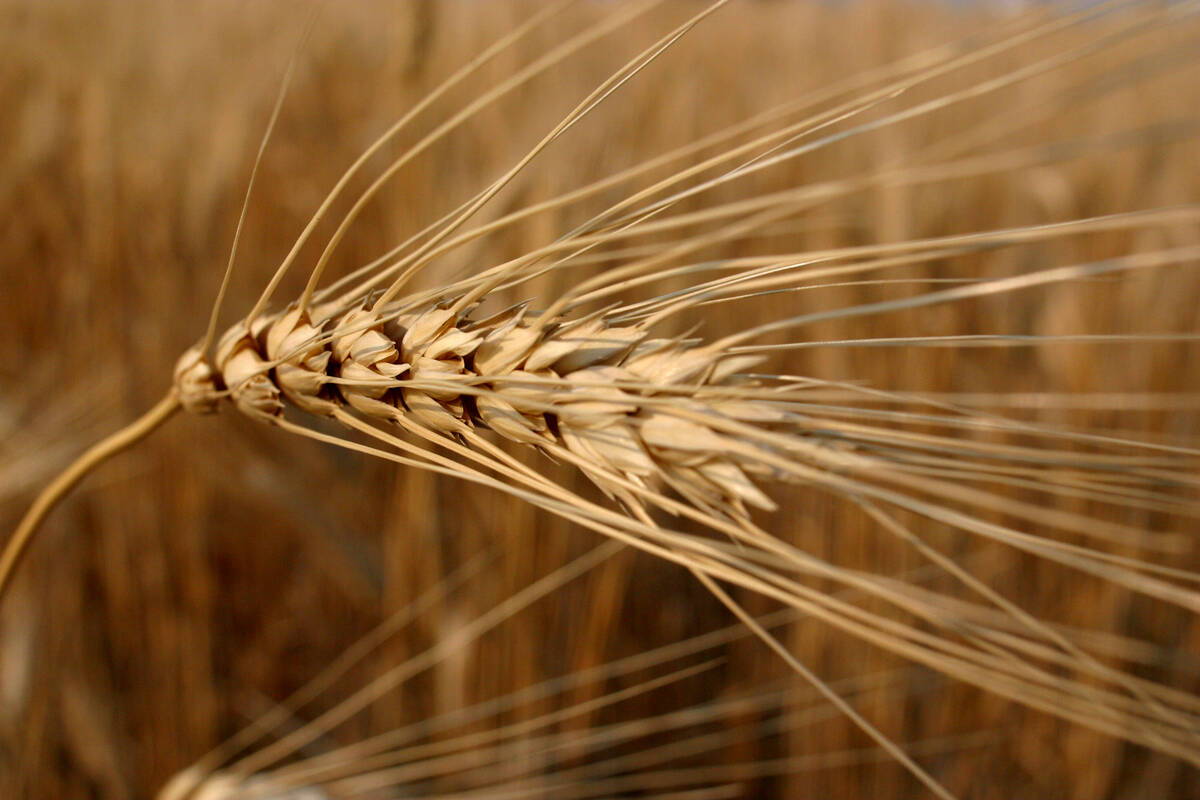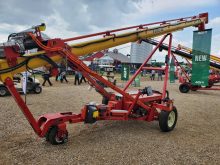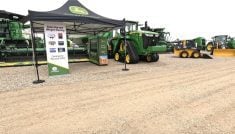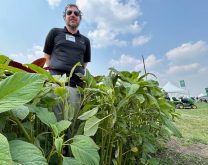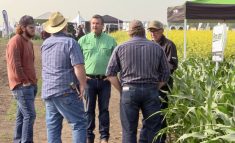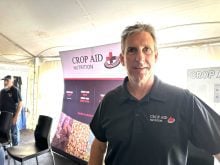WINNIPEG — Grain millers in Morocco who turn Canadian durum wheat into couscous focus on one trait when deciding to import durum or not.
They want durum wheat with a beautiful colour.
Follow all our Ag in Motion coverage here
Read Also

Fertilizer method’s link to emissions studied
A researcher says others studying greenhouse gas emissions aren’t considering how the loss of nitrogen into the atmosphere correlates with fertilizer application or if there is an impact to yield.
“Moroccan millers look for semolina that boasts a vibrant, golden yellow colour — a hallmark of high-quality durum wheat,” said Rachid Chamcham of the Federation Nationale De La Minoterie (National Millers Federation) in Morocco.
“This is why they (millers) prefer Canadian amber durum wheat, particularly CWAD No. 1.”
Chamcham delivered that message in late January when he spoke at the 2025 Durum Summit in Swift Current, Sask.
Canadian durum has a market advantage in Morocco because of its colour, but if a shipment contains too much ergot — dark looking, fungal bodies called sclerotia — Moroccan buyers will notice. They look for black “specks” in semolina, the flour made from durum wheat.
“Speck counting is often a mandatory quality control parameter, which ensures that the semolina meets customer specifications,” the Canadian Grain Commission said in a 2022 report on ergot in Canadian crops.
“The physical presence of the dark-coloured sclerotia … can negatively influence consumers’ acceptance of semolina and finished products.”
Ergot is a fungal disease that occurs in cereal crops.
In most years, it’s not a major problem in durum, but the incidence of ergot has been increasing since about 2010, the grain commission report says.
From 1995 to 2009, ergot incidence (percentage of plants with symptoms) was 2.9 per cent in durum.
From 2010-20, the average incidence was 13.1 per cent.
As well, the grading tolerance for ergot is low in durum wheat, only 0.02 per cent of net weight, which means there’s a real risk growers could have their durum downgraded at the elevator
To reduce the odds of ergot contamination, Agriculture Canada durum breeders have developed AAC Frontier, the first Canadian durum variety with resistance to ergot.
Yuefeng Ruan, from the federal department’s research centre in Swift Current, was the lead breeder behind AAC Frontier.
“When talking to durum producers, they would say that (after) fusarium, ergot would be the No. 2 downgrading factor in durum wheat,” said Todd Hyra, business manager for Western Canada with Secan, a supplier of certified seed.
AAC Frontier also has intermediate resistance to fusarium head blight and is resistant to leaf, stem and stripe rust.
Secan owns the rights to AAC Frontier, which was officially registered in 2024.
The variety is now in the seed multiplication stage; seed growers in southern Saskatchewan and southern Alberta “have picked it up and will be increasing it for commercial release in 2027,” Hyra said.
Secan will be showcasing AAC Frontier and other new varieties in its portfolio at Ag In Motion, an outdoor farm show held near Langham, Sask., from July 15-17.
About 24 companies, including Secan, have crop plots at Ag in Motion, where they will share information on the latest varieties, fertilizer technologies and other crop innovations at the show.
For more information on the crop plots at Ag in Motion, click here.




